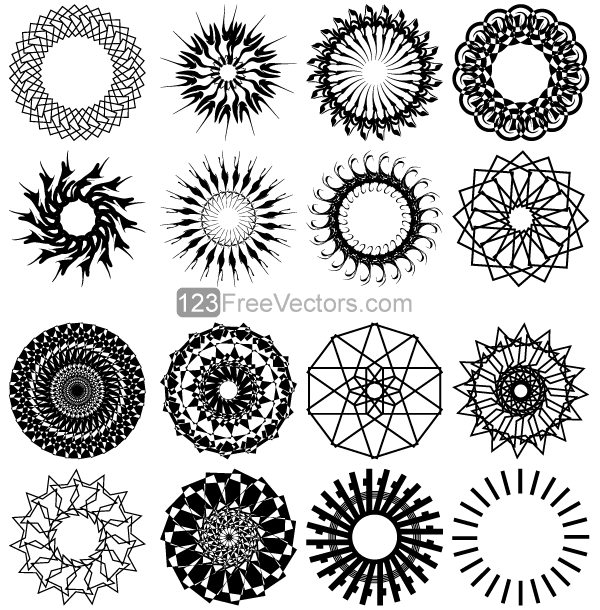
If the cone is right circular the intersection of a plane with the lateral surface is a conic section. In common usage in elementary geometry, cones are assumed to be right circular, where circular means that the base is a circle and right means that the axis passes through the centre of the base at right angles to its plane. The axis of a cone is the straight line (if any), passing through the apex, about which the base (and the whole cone) has a circular symmetry.

Either half of a double cone on one side of the apex is called a nappe. In the case of lines, the cone extends infinitely far in both directions from the apex, in which case it is sometimes called a double cone. In the case of line segments, the cone does not extend beyond the base, while in the case of half-lines, it extends infinitely far. In the case of a solid object, the boundary formed by these lines or partial lines is called the lateral surface if the lateral surface is unbounded, it is a conical surface.

If the enclosed points are included in the base, the cone is a solid object otherwise it is a two-dimensional object in three-dimensional space.
#Circular geometry plus#
Depending on the author, the base may be restricted to be a circle, any one-dimensional quadratic form in the plane, any closed one-dimensional figure, or any of the above plus all the enclosed points.

A right circular cone with the radius of its base r, its height h, its slant height c and its angle θ.Ī right circular cone and an oblique circular cone A double cone (not shown infinitely extended) 3D model of a coneĪ cone is a three-dimensional geometric shape that tapers smoothly from a flat base (frequently, though not necessarily, circular) to a point called the apex or vertex.Ī cone is formed by a set of line segments, half-lines, or lines connecting a common point, the apex, to all of the points on a base that is in a plane that does not contain the apex.


 0 kommentar(er)
0 kommentar(er)
